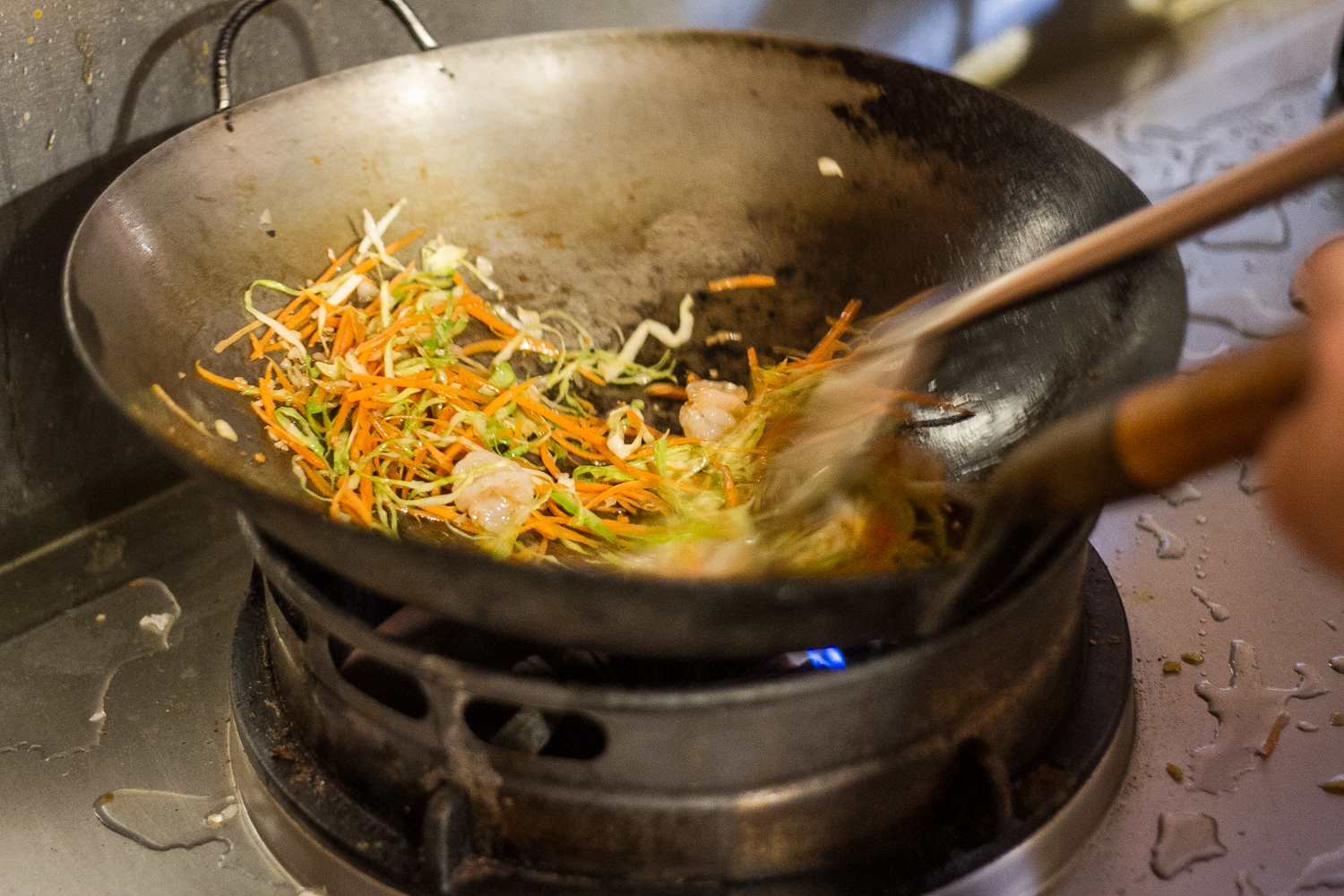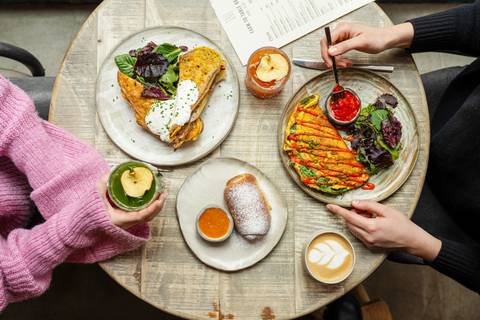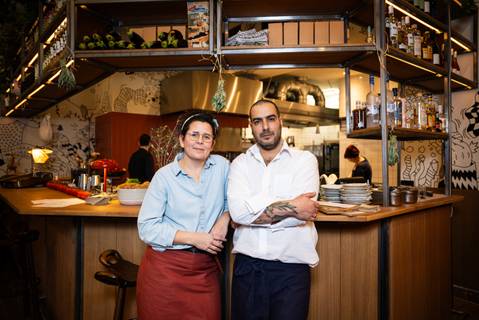We found a rather unique Thai restaurant near Dózsa György Avenue. Green Thai combines the style of Hungary's typical restaurants and Thailand's street diners, with authentic ingredients and equipment. Most surprisingly, they work with Hungarian chefs and extremely precise cooking procedures – we had to check this out.
The style of Thailand's street diners will probably never take root in Budapest (unfortunately), but it is possible to find something close to it, as Green Thai shows by example. Located about a five-minute stroll from the Dózsa György metro station in District XIII, this is actually a mixture of our usual restaurants and a Thai street diner's open kitchen where the counter is also the table, and where we find foods made from authentic ingredients. So far it's all good – we like Thai cuisine, but oddly enough, this restaurant tries to appear authentic while only employing Hungarian chefs.
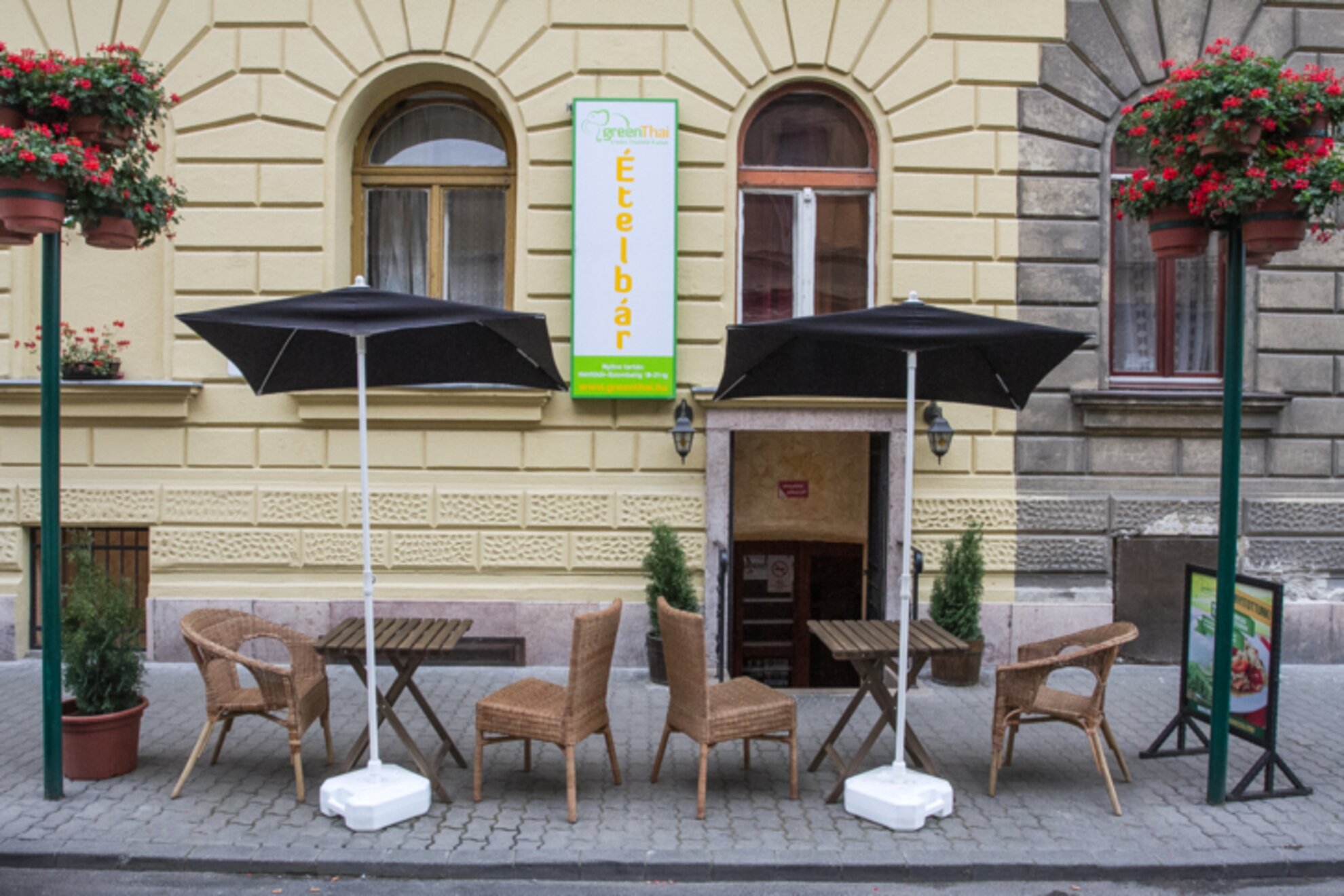
Like everything, this has a reason. The owner, who spent more than 12 years in Thailand, told us that chefs out there do not really pay attention to precisely measured ingredients and elaborate recipes, and rather entrust the customers with the task of adding seasonings. As we know, this would not really work here: the culinary crowd of Budapest likes to get their food served the same way every time, without any need to add salt or squeeze lemons on it.
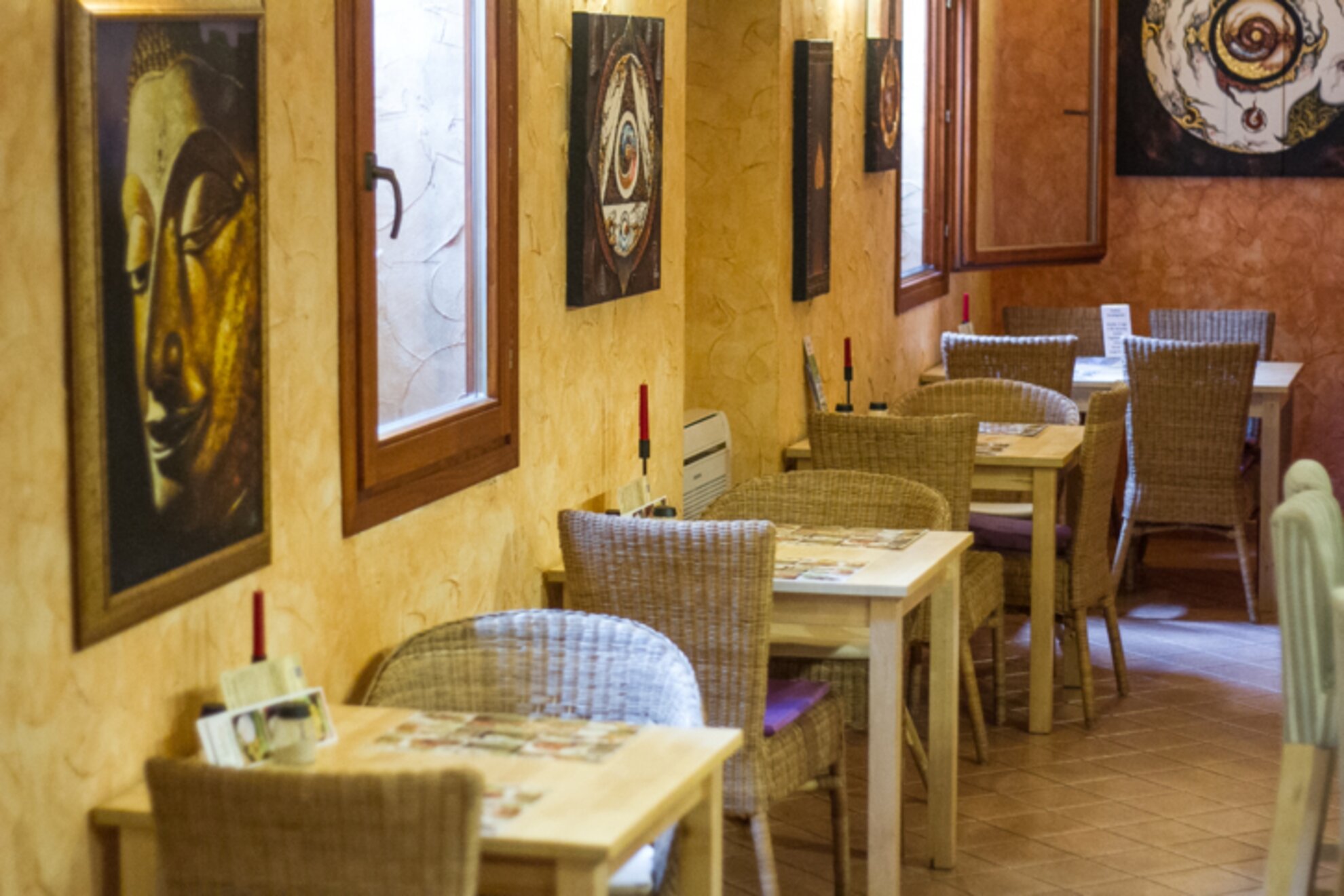
Green Thai solved this problem by developing elaborate, set-in-stone recipes and standardizing the measuring instruments, so that the result is the same every time. In addition, the sauces and the seasonings are also specified in advance, thus guests can have the best flavors. We were glad to learn this firsthand, and we will remember our lunch there as a wonderful gastronomic adventure.
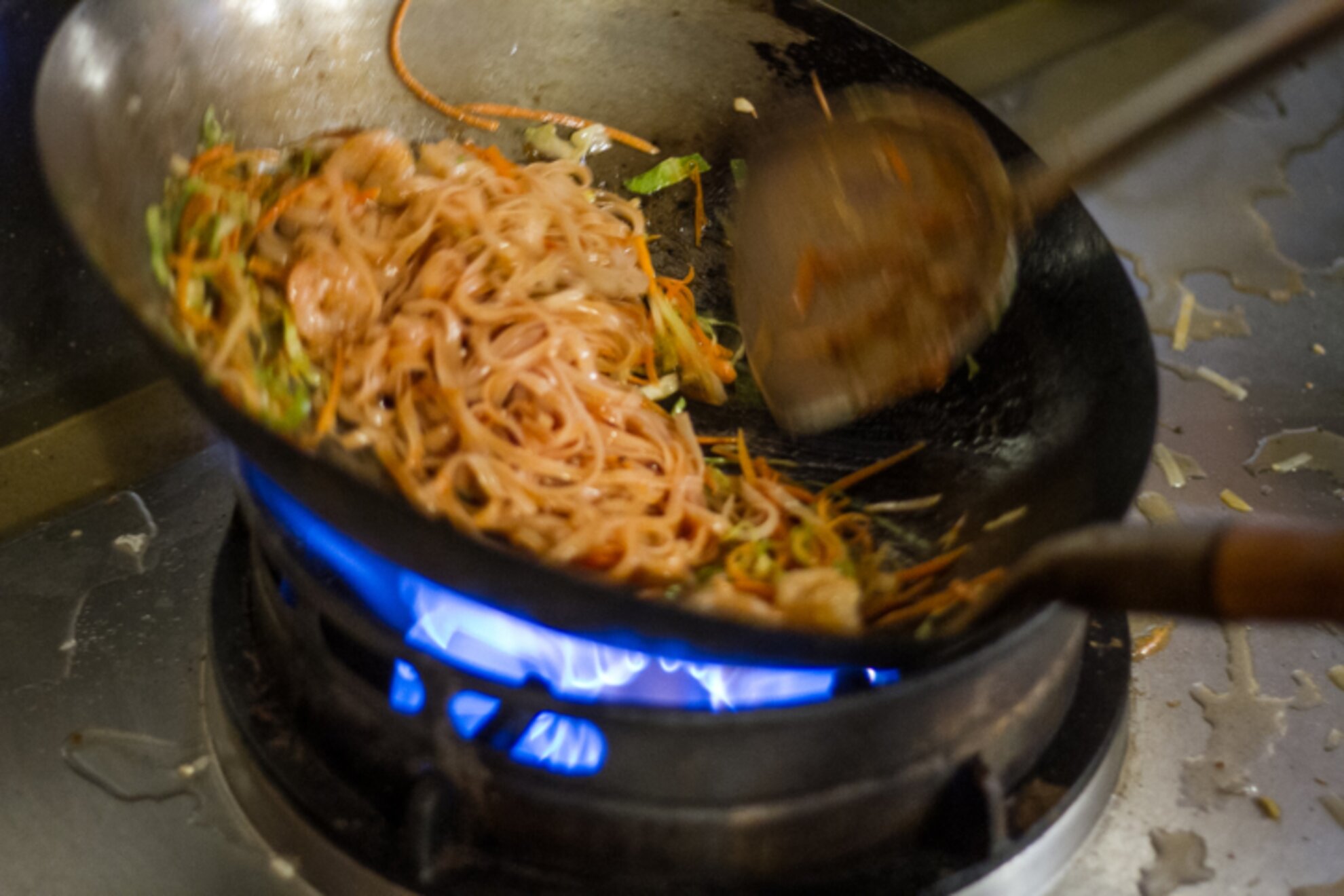
We tried to taste everything we could, so we ate northern-style curry soup (1,290 HUF), pad Thai (1,490 HUF), pineapple rice (1,390 HUF), and grilled vegetables (1,390 HUF), then in the end we stuffed our faces with some banana swimming in coconut milk (690 HUF) and pineapple and coconut custard (690 HUF) as desserts. By the way, the selection consists of a fixed menu and weekly specials.
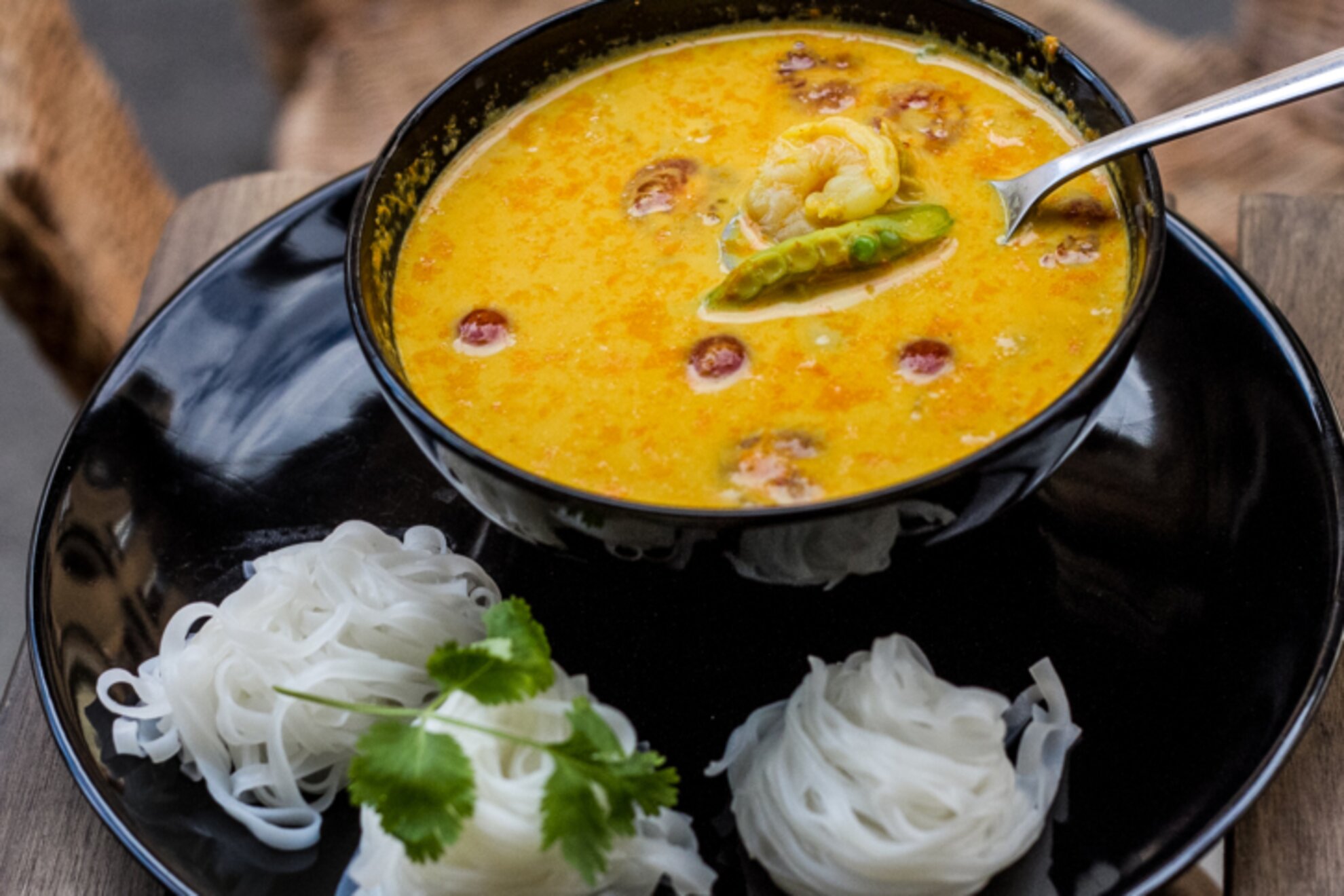
Everything was delicious – the flavors are simple, sweet and sour in just the right amounts. The great tastes are created thanks to the spices, as Thai cuisine uses up to ten times more seasoning than Hungarians do. The dominant flavors are garlic, lemongrass, galangal, and sometimes curry, coconut milk, or soy sauce. We were a bit surprised that we were given spoons, knives, and forks as cutlery, but as we learned, Thai people do not use chopsticks.
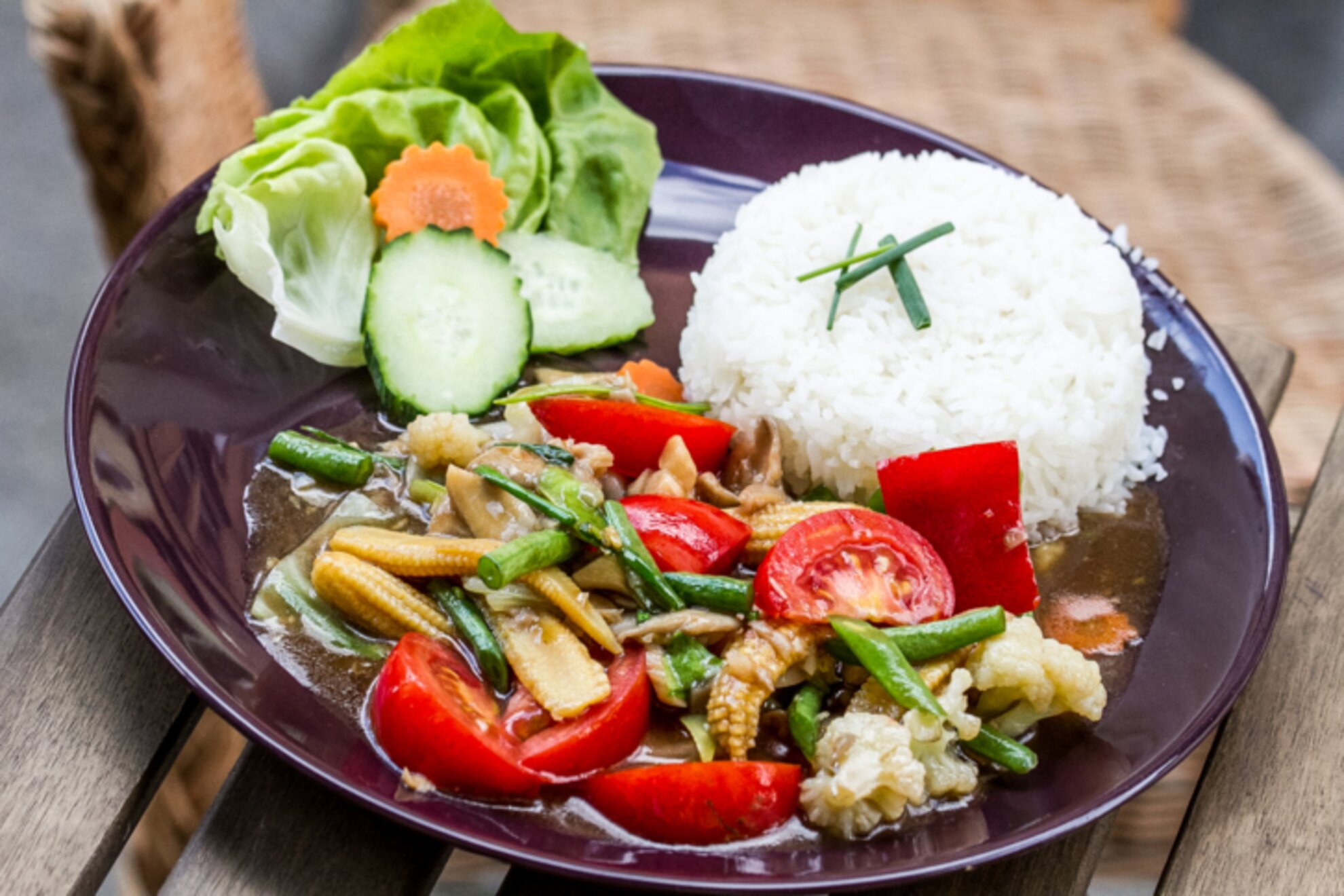
Our food was prepared surprisingly quickly, because Thai people do not overcomplicate cooking: they make their foods in woks, with just a little oil and using high temperatures, which results in a crispy layer on the vegetables, while the inside remains fresh, soft, and healthy. We also got to know that the Thai wok differs greatly from the Chinese version, since it is so thin that we could bend it by hand. This is very important when it comes to heat distribution.
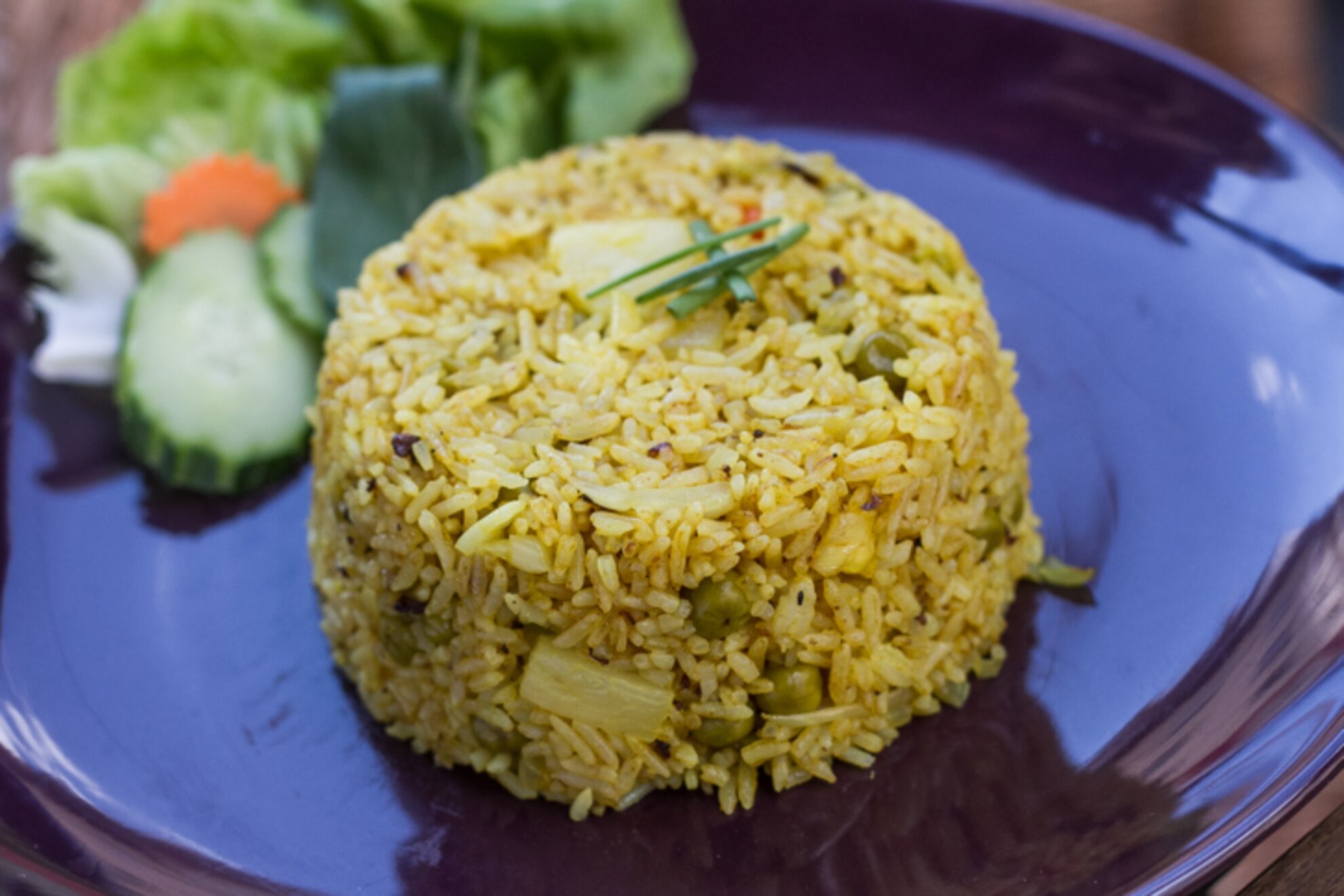
The only drawback of Green Thai is its location, but if you are willing to travel a bit for excellent Thai cuisine, you'll find it here.
